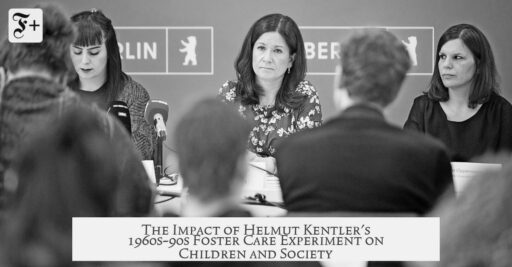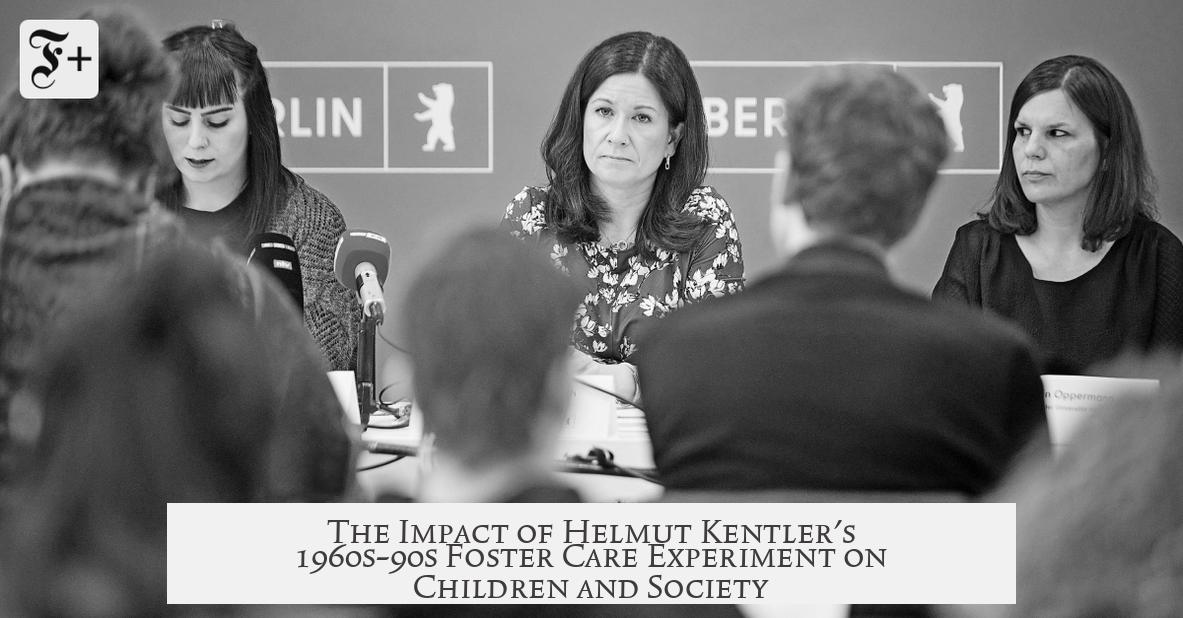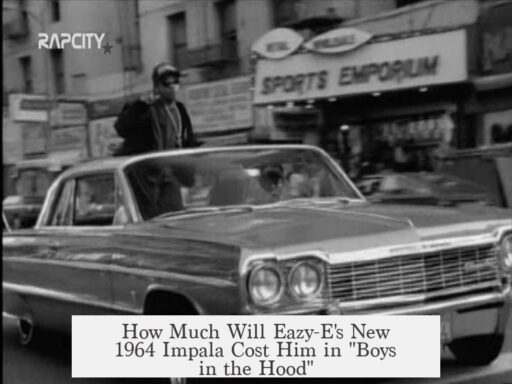The extent of Helmut Kentler’s “giving foster children to literal pedophiles” experiment spanned from the 1960s through the 1990s, involving a nationwide effort in West Germany where foster children were deliberately placed with known pedophiles. The exact number of children affected remains unknown due to deliberate obfuscation and missing records, but the program was extensive enough to have sparked ongoing government investigations decades later.
Helmut Kentler was a respected scholar in sex education who exploited the post-WWII chaos. West Germany had over a million orphaned children requiring care after the war. The government lacked sufficient resources to provide comprehensive child welfare, creating conditions Kentler used to implement his controversial “experiment.” By placing foster children with pedophiles under the guise of rehabilitation and educational theory, Kentler hoped to normalize adult-child sexual relations.
Kentler’s influence was considerable. He authored well-known books and frequently appeared in respected German media. Many politicians and social officials viewed him as a leading authority on sexual education. His claims suggested that consensual, pleasurable sexual experiences between adults and children could prevent abuse. This twisted rationale helped garner quiet—but complicit—support from officials eager to solve the foster care crisis or those who trusted Kentler’s expertise.
Records from Kentler’s program were carefully hidden or destroyed, concealing the program’s full scale. Evidence surfaced only slowly, with public exposure beginning to rise around 2015. Despite earlier whispers and a 1989 book revealing parts of the program, mainstream awareness was muted due to political connections and the stigma surrounding the issue. Early attempts to challenge Kentler were suppressed or ignored, and many influential figures remained silent.
By 2021, formal government investigations had been launched. The German government commissioned a research project at the University of Hildesheim to explore potential nationwide links and networks involved in the child placements. Ongoing work aims to clarify the program’s magnitude and the roles of individuals involved. The government also commits to protecting victim identities, emphasizing privacy and care for those affected.
The cultural context of the time influenced how such an experiment came to be. Pedophilia was poorly understood and, in some places, legally tolerated under low age-of-consent laws. For instance, some US states had ages of consent as low as 14 until the 1990s. Intellectual circles in Germany sometimes discussed such themes, with figures like Gabriel Matzneff openly admitting to pedophilia without consequence for decades. This environment allowed Kentler to operate with minimal resistance for years.
Kentler himself admitted privately to abusing his own son, revealing his personal motivations and psychological profile. He believed that sexual contact between adults and children was normal and desirable. Psychologists examining his behavior note it fits typical patterns of abusers who justify their actions to avoid confronting their own wrongdoing. His experiment was based on a profoundly immoral premise that was broadly rejected by modern ethical standards.
| Aspect | Details |
|---|---|
| Timeline | 1960s–1990s |
| Number of Children | Unknown (records missing or hidden) |
| Geographical Scope | Nationwide in West Germany |
| Government Action | Investigation launched in 2021; ongoing research |
| Victim Protection | Identities kept secret for privacy |
| Social Context | Post-WWII orphan crisis; lax attitudes toward pedophilia |
| Kentler’s Role | Sex education scholar; placed children with pedophiles |
Earlier media exposure occurred but had limited impact due to the restrictive circulation of Kentler’s work and his standing in academic and political domains. Feminist outlets criticized him strongly, and he faced some backlash, including physical assault and loss of awards. However, his influence kept the program largely shielded until recent years.
The legacy of Kentler’s experiment remains disturbing. It highlights the dangers of unchecked authority combined with societal ignorance and legal permissiveness around child protection. Contemporary responses emphasize transparency, victim support, and rigorous investigation to prevent similar abuses.
- Kentler’s experiment placed foster children with pedophiles from the 1960s to 1990s nationwide in West Germany.
- The total number of children affected is unknown due to destroyed or missing records.
- The program was supported and concealed by political connections and Kentler’s academic stature.
- German government investigations began formally in 2021 and continue.
- Cultural tolerance of pedophilia during the era helped the experiment persist.
- Victims’ identities remain confidential to protect privacy.
The Extent of Helmut Kentler’s “Giving Foster Children to Literal Pedophiles” Experiment from the 60s-90s
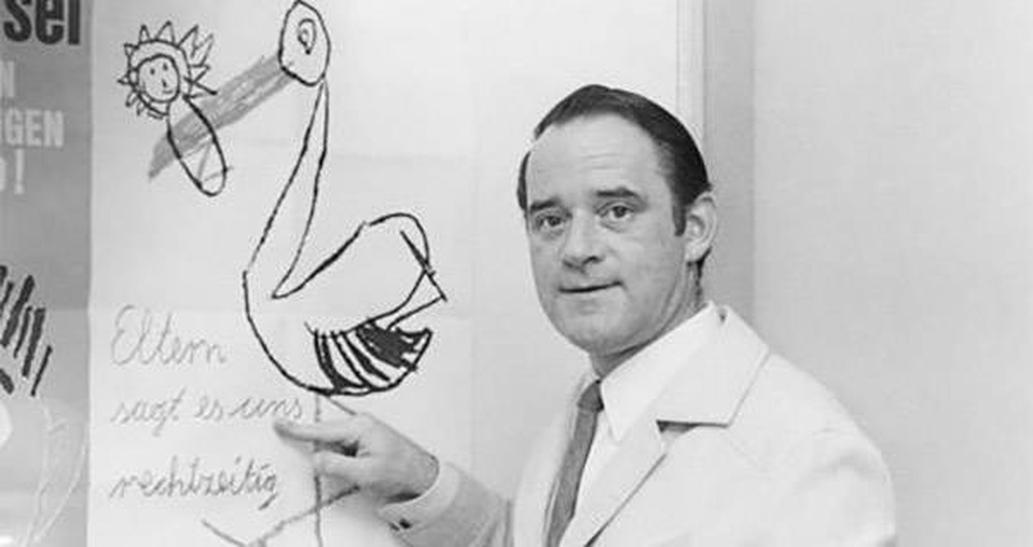
At its core, Helmut Kentler’s experiment involved systematically placing foster children with known pedophiles, a sinister social experiment that spanned three decades in West Germany. It remained obscured by secrecy for decades before resurfacing in public discourse around 2015.
This shocking chapter in child welfare history is difficult to fully comprehend due to broken records, deliberate cover-ups, and cultural blind spots of the era. Like a shadow lurking just beneath the surface of post-war German society, Kentler’s actions reveal much about how societal attitudes, political influence, and fractured child welfare systems converged to create a tragic legacy.
Unveiling the Scope: How Many Children Were Affected?
The exact number of children involved in Kentler’s program is still unknown. Authorities face considerable challenges because many foster and adoption records have vanished or were deliberately hidden. It is not just a lack of documentation but an active erasure.
Imagine trying to solve a puzzle where pieces have been removed or shredded, and the picture left is horrifying. This because those running the experiment — Kentler and his collaborators — were meticulous in covering their tracks. Records simply don’t exist or remain inaccessible. Despite public awareness emerging only recently, the full extent remains murky.
“The Kentler case is not yet closed. Due to suspicions about a network and nationwide scope, further reappraisal and research are necessary.” – Sandra Scheeres, Berlin Senator for Education (2021)
This official stance underlines that what appears as isolated experiments might be part of a broader systemic abuse network. Research ongoing at the University of Hildesheim aims to clarify how widespread the practice was.
Historical and Sociopolitical Backdrop: Why Did This Happen?
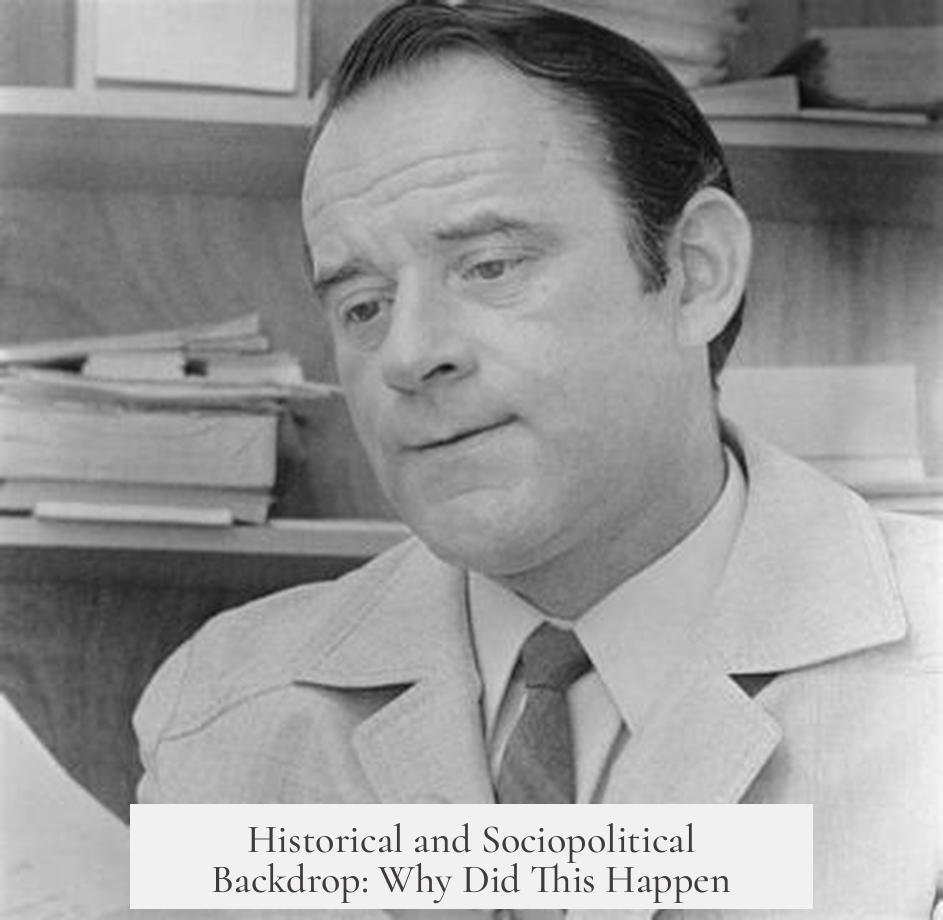
Understanding the times Kentler operated in is crucial. West Germany in the post-WWII era was overwhelmed with an orphan crisis. Over a million children had lost parents, and the state’s child welfare system was overwhelmed and underfunded. Chaos and gaps in care created a perfect loophole for someone like Kentler to exploit.
Kentler was no fringe figure. On the contrary, he was a respected scholar. Known as the “nation’s chief authority on questions of sexual education,” he had books published, media appearances, and high-level political connections. His ideas carried weight, making it hard for dissenters to speak out against such a well-placed expert.
At the time, societal attitudes towards pedophilia were different from modern standards. Internationally, some regions had very low ages of consent — for example, Hawaii and Georgia had legal ages at 14 for decades. This ignorance and lax cultural lens made potential abuses easier to overlook or justify under warped frameworks.
Kentler’s Twisted Motives and Beliefs
Kentler’s private admissions reveal the dark core driving his program. He acknowledged to close friends that he had abused his own son. More shocking is his belief that adult-child sexual relations could be “mutually pleasurable” and even beneficial if framed as consensual.
He compared his ideology somewhat to parents introducing children to alcohol at home — thinking early exposure to “pleasurable” sexual interactions could prevent abuse later. This reasoning is utterly flawed and grotesquely unethical.
Psychological experts analyzing Kentler often conclude he fit the profile of someone who had himself been abused and sought to normalize his behavior to avoid facing its horrific reality. Whatever the reasons, the consensus is clear:
Kentler’s actions and beliefs were profoundly wrong and a betrayal of every standard of ethics and child protection.
How Was Kentler’s Program Exposed to the World?
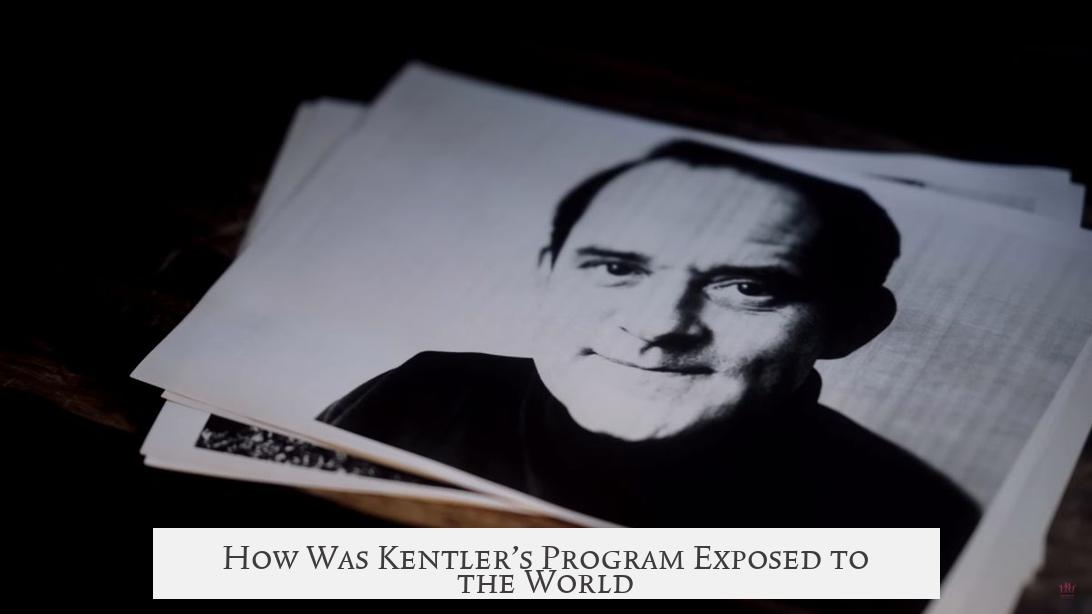
The program wasn’t completely cloaked before 2015. In 1989, Kentler mentioned his controversial work in a book, which provoked backlash. Feminist outlets like the German newspaper Emma reported on it. Kentler even lost an award and was publicly confronted and physically attacked due to the outrage his program spurred.
However, his book circulated mainly in academic circles. Many peers bought into his rationale or feared challenging a leading expert without clear evidence. Any attempts to investigate the program were shut down, partly due to the political connections Kentler nurtured.
Governments were reluctant to act because acknowledging the program would mean admitting complicity in an appalling abuse system. It was easier to ignore or suppress the story.
The Legacy and What We Know Today
Today, the Kentler program stands as a grim reminder of institutional failure and moral blindness. The scandal laid bare how a combination of social chaos, outdated attitudes, unchecked authority, and political expediency allowed foster children to fall into the hands of abusers.
Research continues, but much remains hidden. Authorities prioritize protecting victim anonymity while digging into the program’s exact scope and potential networks operating across Germany. The label “experiment” belies the profound suffering endured by those children.
As the investigation evolves, one must grapple with difficult questions: How can society prevent similar abuses? How do power structures enable scandalous behaviors to persist? What systemic lessons does this teach us about safeguarding vulnerable populations today?
Takeaways and Reflections

- The Kentler case demonstrates how even well-regarded experts can cause immense harm when ideology overrides ethics.
- Post-war societal disruption and weak child protection created opportunities for abuses to flourish unnoticed.
- Cultural shifts over decades now highlight how deeply flawed past attitudes towards pedophilia were.
- Political and institutional reluctance to confront inconvenient truths delayed justice for victims.
- Ongoing research and transparency are vital to fully uncover the truth and prevent future tragedies.
So, what was the extent? While precise numbers remain elusive, the nationwide fears and investigations suggest this was a widespread, systemic wrong almost unparalleled in child welfare history. Kentler’s dark experiment was not a fringe occurrence, but a grim chapter hiding in plain sight for decades.
For readers wondering how this could possibly happen, think of it as an example of how power, distrust in trauma victims, and societal naiveté can combine to terrible effect. As uncomfortable as it is, facing these stories is essential to safeguarding today’s children and shining a light where shadow once ruled.
Want to Learn More?
For those interested, the New Yorker article and the Berliner Zeitung investigation provide in-depth examinations. The German feminist newspaper Emma offers historical context on activist reactions.
Above all, this troubled history urges vigilance, compassion, and unwavering commitment to protecting vulnerable children from harm. Kentler’s profound failings spark reflection — not despair.
